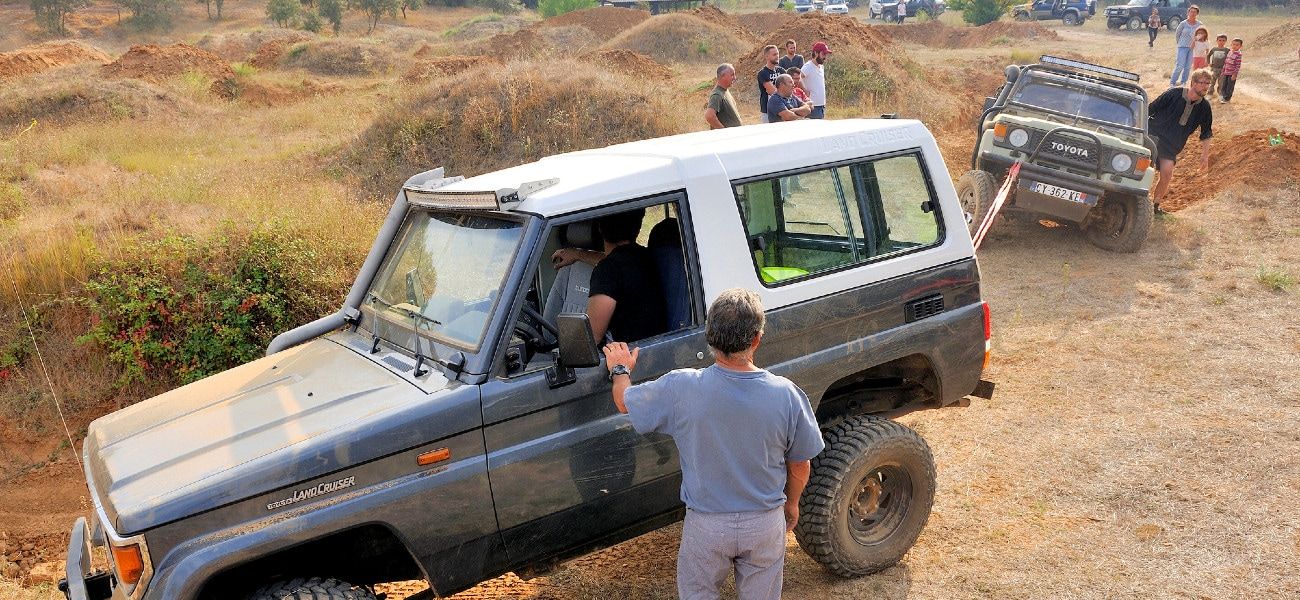If there's anything that scares bushwalkers more than leeches, it's snakes.
Have you ever come across a snake in the middle of a hike? If you have experienced this, or are worried about it at all, you are at the right place. In this article, we will cover some essential tips to keep you safe from snakes on your next trip into the bush.
Keep reading to see how a few preventive measures can stop an encounter with a snake from getting out of hand!
What to do if you see a snake while hiking?
An encounter with a snake is possible at any time while in the Australian bush. The first thing to remember is, do not panic. Keeping control of yourself and avoiding making any rash decisions is the best thing you can do.
If you notice the snake when it is still 10 metres or more ahead of you, then back away slowly and take an alternate route around it, giving it a very wide berth.
If you don’t notice the snake until it’s right in front of you, then stop, stand still and try to figure out which direction it is moving in. Once it starts moving, do your best to move slowly in the opposite direction.
Snakes will generally only attack if they feel threatened.
Never try to attack a snake or otherwise act aggressively towards them. As long as you don’t give them any reason to attack you, they will leave you alone.

The relatively harmless carpet python
How to best avoid snakes in the first place?
If you follow these precautionary measures before you next hit the trail, it will go a long way to keeping you safe from our fanged friends.
Cover yourself
Try to wear long pants and boots. Do not hike barefoot or with uncovered shoes like thongs or sandals.
Wearing proper hiking boots (as well as long pants) will give you an extra layer of protection. As you would expect, the majority of snake bites are only the hands, arms and legs, so give priority to keeping these areas covered.
Observe the trail ahead
Snakes have evolved over many millennia to become masters of camouflage. Their colour and pattern is often well suited to the local environment and they will blend in seamlessly.
Do your best to keep an eye out for any movement ahead and don’t assume that a stick is a stick. Anything lying across the trail should be assumed to be a snake until proven otherwise.
Make plenty of noise
Most human encounters with snakes occur because the snake did not have enough time to get out of the way before the human arrived in their territory.
When hiking, don’t be afraid to step heavily and make a bit of noise to announce your arrival. This gives any snakes in the area time to scatter before you reach them.

The most toxic snake in the world - the Inland Taipan
Keep children close
When hiking or bushwalking with children, you must take extra care. While bushwalking is a great learning experience for them, children often don’t have any concept of what can and what can’t hurt them out in the bush.
Don’t let them walk far ahead of you; keep them close at all times.
Don’t pick up dead snakes
This might seem obvious, but don’t pick up any dead snakes that you come across. You can’t be sure whether they are dead or still sunning themself to warm up for the day.
What to do if you get bitten by a snake?
Even after taking the measures above, it is still very much possible to get bitten by a snake. Here’s what you should do.
Remain as calm as possible
Snake venom spreads through the body’s lymph system. Lymph migrates through our bodies as our muscles expand and contract, so moving your body after being bitten actually accelerates the migration of venom through the body.
If you’ve been bitten, lie down and avoid moving. Get your hiking partner to get help and perform first aid on you.
Pressure Immobilisation Technique (PIT)
The Pressure Immobilisation Technique (PIT) is generally recognised as the best way to treat a snake bite.
The NSW government has a good resource on how to correctly use the PIT.
A decent hiking first aid kit will have necessary bandages for this.
Personal Locator Beacon (PLB)
If you are in a remote location where getting medical assistance quickly is likely to be difficult, you may wish to activate your PLB, if you have one.
This will send a signal by satellite to emergency services and notify them of your location and need for assistance.
Take note of the snake’s appearance
Without attempting to catch or chase the snake in any way, try to remember the colour, pattern, behaviour or any other distinguishing features about the snake.
This will help medical staff later when antivenom is applied.

Mark the bite location
If possible, it may be helpful to mark the bite location with a marker pen or similar. This will help medical staff quickly identify where you have been bitten and begin treatment.
What to NOT do after being bitten by a snake?
Getting bitten by a snake is a very unpleasant experience, and you will likely start panicking. Here’s what you shouldn’t do under any circumstances:
- Never suck out the poison from the wound
- Don’t shrug it off and avoid getting proper treatment as symptoms can develop later even if you feel fine soon after the bite
- Don’t wash or clean the bite location
- Don’t go and get help yourself. Stay where you are and get someone else to seek help
- Don’t try to catch the snake that bit you
What are the deadliest snakes in Australia?
Research has shown that 21 out of 25 world's most venomous snakes are found in Australia. Here are some of Australia’s deadliest snakes:
- Inland Taipans
- Brown snakes
- Death adders
- Tiger snakes
- Copperheads
- Black snakes
While the inland taipan is technically the most venomous snake, it is actually only found in small parts of central Australia, where very few people are living.
Of greater concern are the brown snakes, especially the Eastern Brown, which is found in the majority of Queensland, New South Wales, Victoria and parts of the Northern Territory and South Australia.
Do you really need to worry that much about snakes?
In saying all of this, you shouldn’t worry too much about getting bitten by a snake, even if you go walking regularly.
In Australia, there are typically only 1 to 2 fatalities from snake bites each year (not bad considering we have a population of 25 million!).
By taking a few preventative measures, you can enjoy Australia’s great outdoors without disturbing our native snakes, and they will in turn leave you alone too.
If you worry too much about snakes, you won’t even go out and enjoy Australia’s bush to begin with, which is not what I want to encourage people to do!
Final Thoughts
Those who hike in Australia regularly will always have the thought of a snake encounter in the back of their mind. The best thing that you can do is be aware of how to avoid snakes in the first place, as well as what you should do if you do end up getting bitten by a snake.
Beyond that, there’s little that you can do, so get out and try to enjoy yourself as much as possible! Don’t let the small possibility of encountering a snake ruin your outdoors fun!
Anyway, I hope that this guide on snakes in the Australian bush helps you! If you still have any questions, leave a comment below and I will do my best to help you out.
This article may contain affiliate links. I will earn a commission if you choose to purchase a product or service after clicking on my link. This helps pay for the cost of running the website. You will not be disadvantaged in any way by using my links.
Note that while every effort is made to ensure the accuracy of the information on this page, there may sometimes be errors. Check all specifications with the manufacturer before purchasing any product.



